Take a 200-year trip through the West with 41 watercolor artists in a new book titled “The River Flows.”
Watercolors of the West
ESSAY BY VICKI STAVIG
The exploration and settling of America’s West was one of the most exciting times in the country’s history. It also was one of the most adventurous, as many brave souls—men, women, and children—bade goodbye to family and friends, as they headed out into the great unknown. It surely was a scene that included tears and well wishes and a little envy at the courage those pioneers exhibited and the opportunities they were about to explore.
Little was known about the West before the 18th century, when artists joined explorers and pioneers intent on seeing for themselves what the new frontier would hold, capturing scenes of its people, land, and wildlife to share with those who stayed behind. While letters to friends back East provided some information of the beauty and the struggles those pioneers experienced, readers had to use their imaginations to visualize those written descriptions.

Not surprisingly, many of the early artists who painted the Old West used watercolors to do so. The medium has been used to depict scenes and tell stories since prehistoric times, when cavemen used them to paint on the walls of their caves. By the mid-1500s, European explorers used watercolors to document the New World.
Many art critics and collectors scorned the medium, but by the mid-1800s, it had gained respectability, and galleries began to show watercolor paintings along with those done in oils. In 1866, the American Society of Painters in Water Colors—later renamed the American Watercolor Society—was founded to promote watercolor painting and host annual exhibitions. Today, dozens of watercolor societies are scattered throughout the country.
Related > In 2019 Streamline Publishing released American Watercolor Weekly, a free newsletter for watercolor artists and art lovers
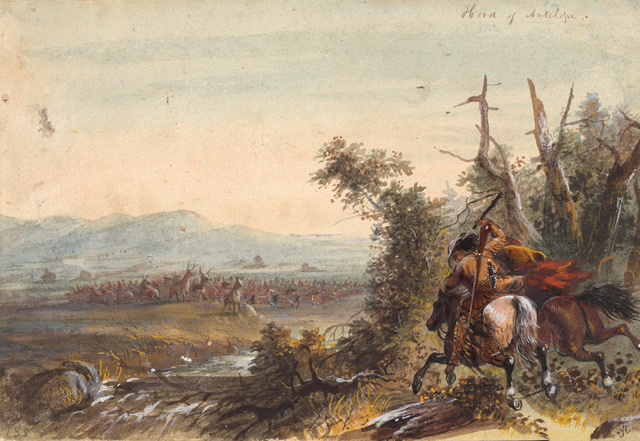
From the collection of the Gilcrease Museum, Tulsa, Oklahoma, GM02.1073
Just as watercolors were gaining in popularity, so were artists who were depicting the West. Albert Bierstadt, who documented the region’s wildlife and landscapes, was one of them. He made his first trip to the West in 1859 and painted his first Western landscapes. He headed West again in 1871 and 1893 and is best known for his images of California’s Yosemite Valley. Other artists also gained fame for their paintings of the West, including George Catlin, who painted the Native American, and Thomas Hill, whose works featured the Rocky Mountains.
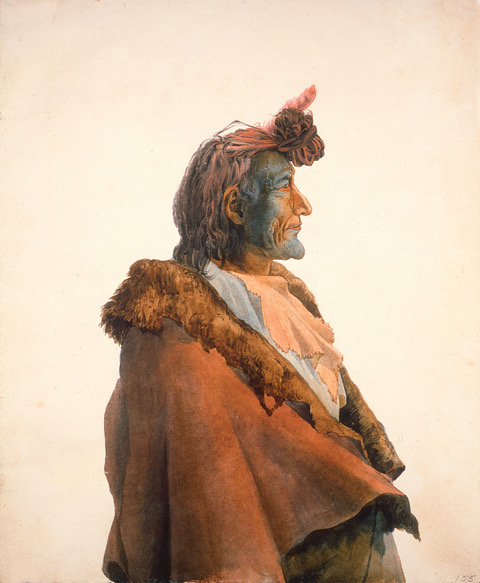
Frederic Remington created paintings of Native Americans, the U.S. Cavalry, and cowboys, while Charles Russell is said to have created more than 2,000 paintings of the West’s cowboys, Indians, and landscapes. Joining them in those artistic endeavors were Karl Bodmer, who focused on the customs of Native American tribes, and Thomas Moran, who documented the grandeur of the West.
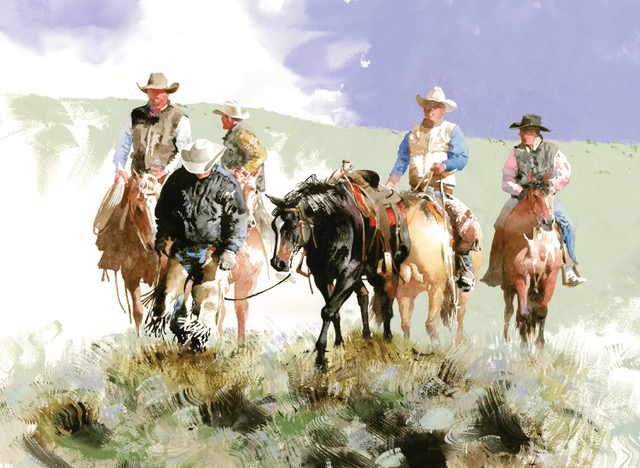
Another of those artists who felt the call of the West too strong to ignore was remarkable for two reasons, the first being that she was a woman. Helen Henderson Chain not only painted the landscape of the West, including the Grand Canyon, but in 1877, she was also the first woman to climb the Mount of the Holy Cross.
From the majestic mountains, verdant valleys, and endless skies to the colors, cultures, and cowboys, those early artists captured the West in all its glory. The fascination with the West continues today, as artists not only portray the region as it is—but as it was.

Many artists painting the West today prefer to do so with watercolors, citing a variety of reasons for that choice. The medium’s portability, particularly when used out in the field, makes it appealing; all you need to do is add water. Artists also praise its spontaneity, transparency, energy, vibrancy, and luminosity.
On the other hand, watercolors are not easily mastered. They are unforgiving; unlike oils, they cannot be scraped off and painted over. They also are unpredictable, not always staying where the artist places them. Contemporary Western watercolorist Gerald Fritzler has described painting with watercolors, saying, “You have to decide where you will place each brushstroke of color and then let it do its magic.”
Watercolors also dry quickly, which means artists using them don’t have the luxury of time to stop and reevaluate what they are doing and where the painting is headed. They must make compositional and color decisions before beginning each piece—and then plunge in. Sergei Bongart said of the medium, “Watercolor is like life; better get it right the first time—you don’t get a second chance.”
The challenges—and opportunities—watercolors present are many, but those artists who use the medium embrace both. “I’ve dabbled in other mediums, but the challenge to tame the ‘wild horse’ of watercolors keeps calling me home,” says Nelson Boren. “It’s an endless learning experience and one I don’t plan on ever mastering in my lifetime.”
Artists continue in ever-increasing numbers to embrace watercolors as they feed our fascination with the West—past and present—connecting us to places we’ve never been and people we’ve never met. The art—and artists—featured within the pages of this book give testimony to the magic of the medium as they document the wonders of the West.

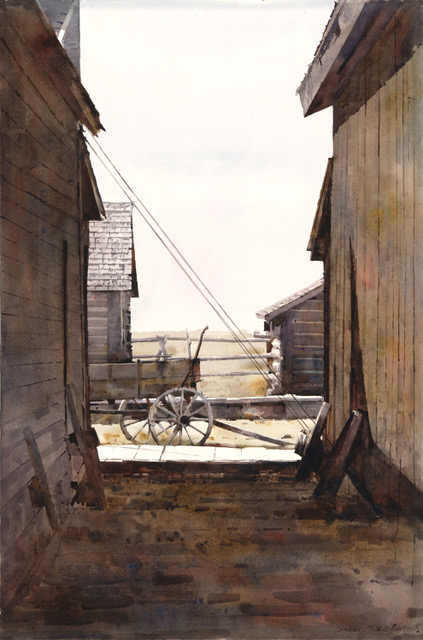
Learn more about “The River Flows: Watercolors of the American West,” including how to order your copy, at riverflowsbook.com.
> Sign up to receive Fine Art Today, our free weekly e-newsletter
> Click here to subscribe to Fine Art Connoisseur magazine, so you never miss an issue
> Join us for Realism Live, October 2020

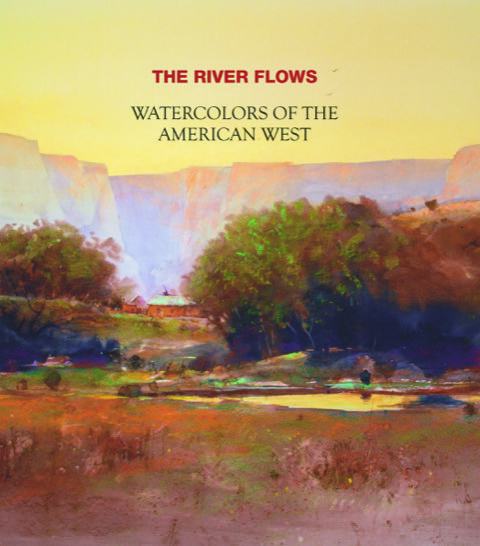







Really wish they had included Marion Kavanaugh Wachtel one of the greatest painters of the western landscape